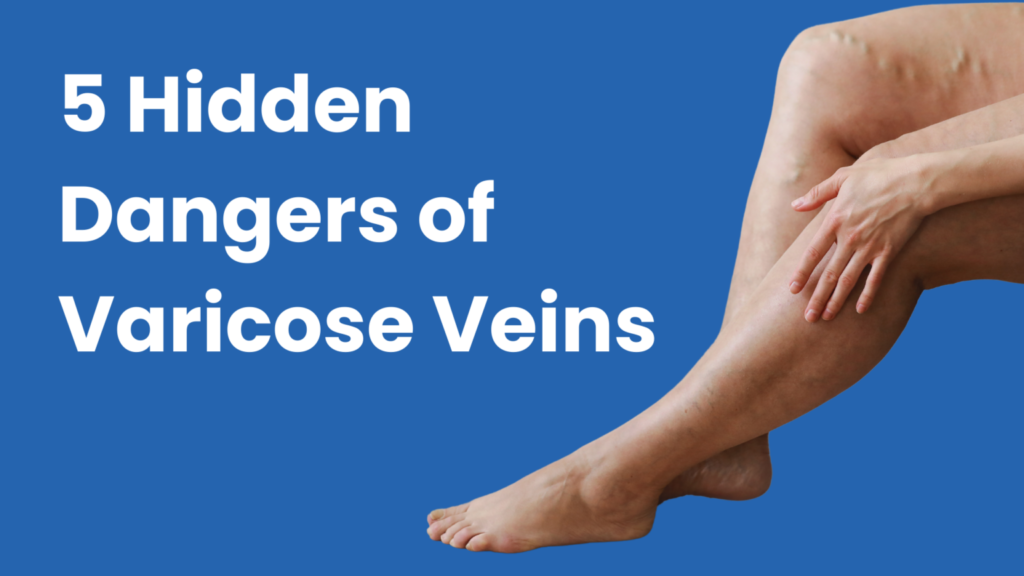The body’s circulatory system consists of the blood vessels and the heart. The three types of blood vessels in the system include the following: arteries, veins, and capillaries. Arteriovenous malformations refer to defects within the circulatory system’s blood vessels. This is essentially an abnormal link between the arteries and veins which interferes with the body’s capacity to circulate blood. Usually, arteriovenous malformations are congenital (meaning that the condition makes itself present at birth). Malformations can be sourced virtually anywhere in the body, though some patients will develop them in the spinal cord region and brain, which can potentially cause headaches and even seizures. For those interested in learning more about vein treatment in North Miami Beach, the following is a basic overview of arteriovenous malformations.
Causes
As it stands, the causes of arteriovenous malformations are largely unknown, although there are certainly hypotheses available. Some doctors, for instance, claim that they occur in the womb or some time after the birth, and will later disappear as the child gets older. Children born with the condition might have a blue tint to the skin, which is due to an absence of oxygenated blood flowing through the body. As the child ages and the condition worsens, the skin can potentially darken to a purple or deep red color.
Those at Risk
Select genetic syndromes can put an individual at a relatively high risk of having arteriovenous malformations. These include Osler-Weber-Rendu syndrome or hereditary hemorrhagic telangiectasia. Rarely, reports of arteriovenous malformations in multiple family members will surface; however, there’s no current consensus on where the cause of this is coincidental or genetic.
Symptoms
Arteriovenous malformation symptoms will vary based on the location of the malformation, its size, and the size of the blood vessels involved. An individual might not have notable symptoms of the malformation if it is located in the brain. In certain cases, arteriovenous malformations in the brain may cause seizures or headaches. Regrettably, this form of arteriovenous malfunction tends to go unnoticed or undiagnosed until life-threatening symptoms surface. Common symptoms of brain arteriovenous malformations include:
– Bleeding within the skull
– Seizures
– Headaches
– Confusion
– Weakness, tingling on one side of the body, numbness, or other focal neurologic deficits
Should the arteriovenous malformation be located in other parts of the body such as the spinal cord and limbs, patients can potentially experience a lack of coordination, weakness in the muscles, and the inability to move a limb. When found in the chest, abdomen, or organs, patients might experience chest pain, back pain, abdominal pain, and irregular noises in the blood vessels that are affected. When the condition is present in individuals under the age of 2, patients might experience seizures, swelling caused from an increase in brain fluid (known as hydrocephalus), and congestive heart failure wherein the heart is unable to pump blood entering it back outward.


